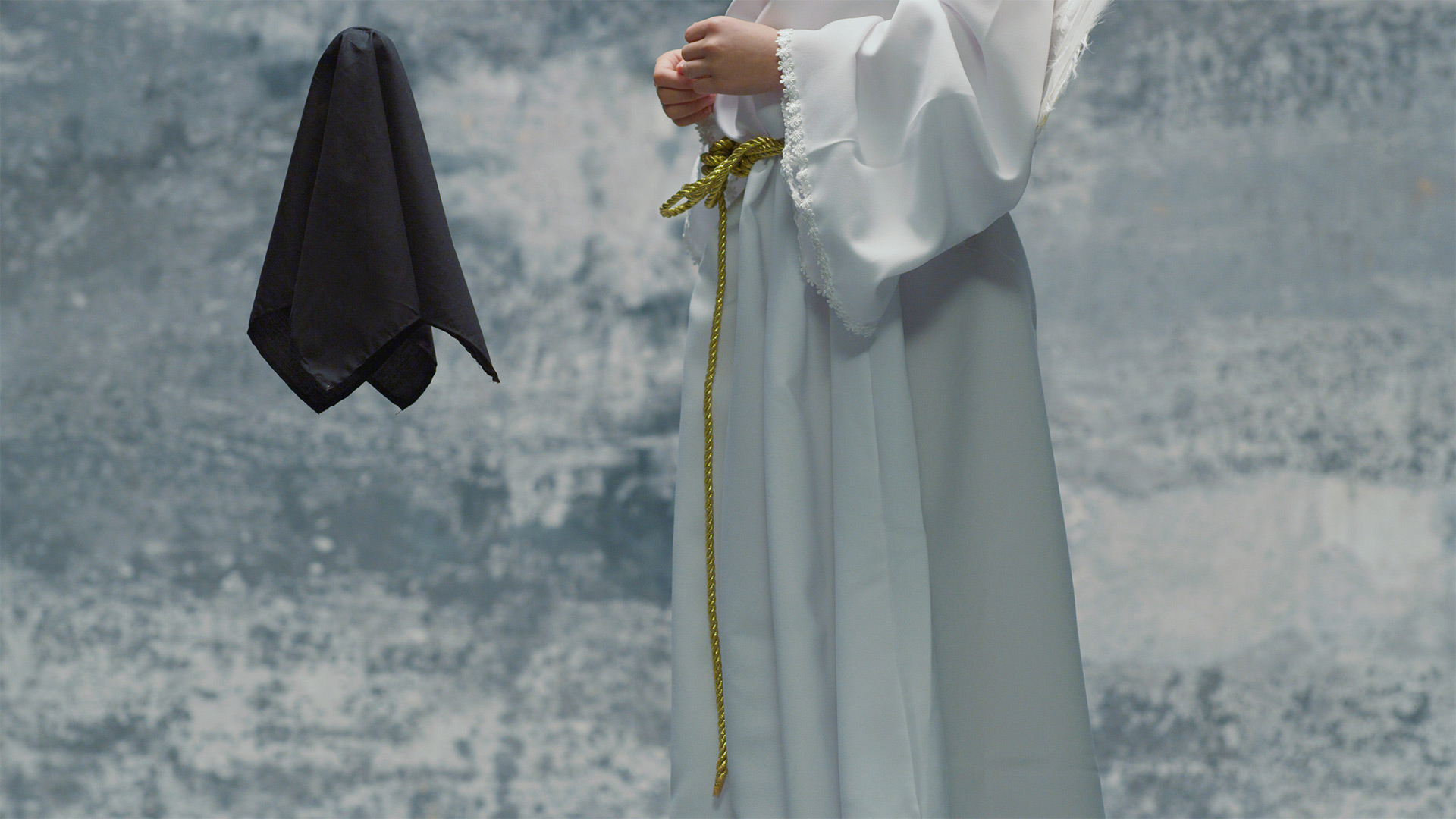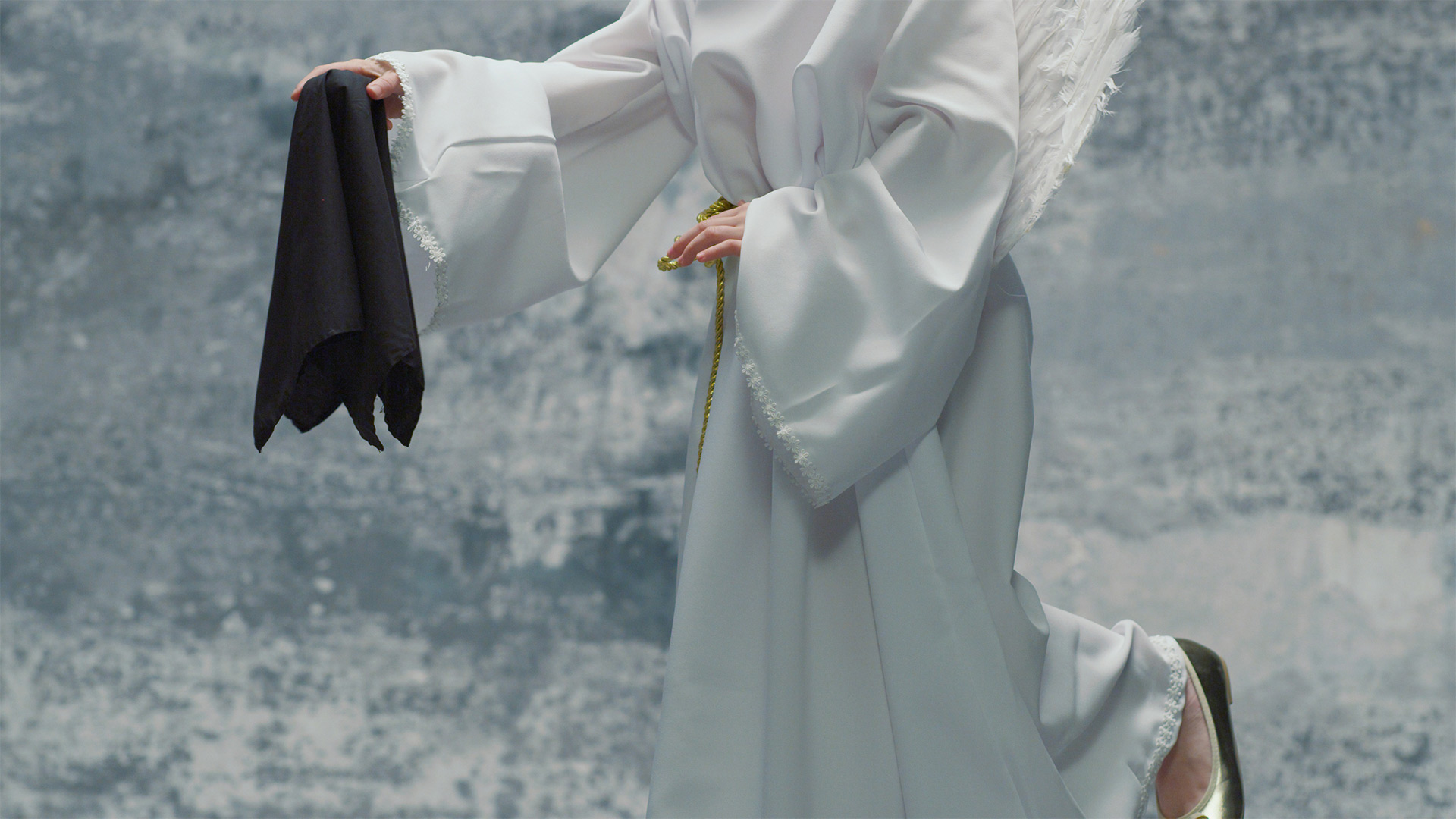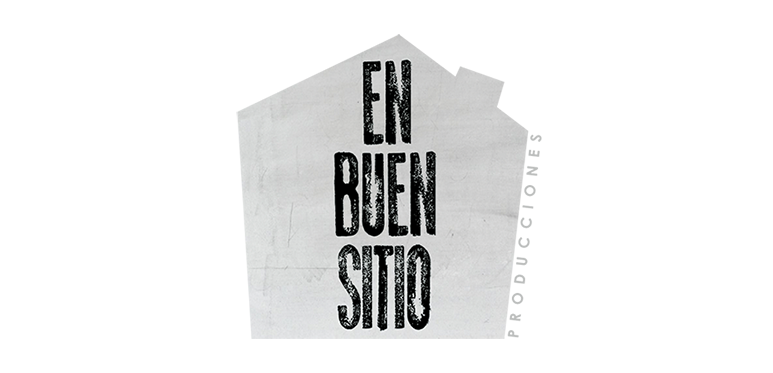Navarra inmaterial – Nafarroa inmateriala
Credits ↴
Book ↴
® All rights reserved 2025
Bajada del Angel de Tudela
Tuterako Aingeruaren Jaitsiera
Descent of the Angel of Tudela
CAST
|
EUS
|
ENG
Traje
Religiosa
Trajea
Erlijioa
Costume
Religious
Tudela
Ane Ozcoidi Gutiérrez
Ane Ozcoidi Gutiérrez
Tutera
Ane Ozcoidi Gutiérrez
Ane Ozcoidi Gutiérrez
Tudela
Ane Ozcoidi Gutiérrez
Ane Ozcoidi Gutiérrez
Las ceremonias del “Ángel” y el “Volatín” han discurrido juntas en la fiesta tudelana celebrada probablemente desde el siglo XlII o XIV. El personaje más importante de esta ceremonia es, sin duda, la niña o niño que representa la figura del Ángel, que anuncia a la Virgen María que su Hijo ha resucitado, quitándole el velo de luto.
Tiene lugar en la Plaza de los Fueros o Plaza Nueva de Tudela, el Domingo de Resurrección, alrededor de las 9 de la mañana. En el segundo piso de dicha casa se instala el Templete, representación de las puertas del cielo. En un momento se abre el Templete, suena la “Marcha Real” y aparece el Ángel colgado de una nube que se deslizará por la maroma con cuerdas unidas al edificio, se santigua tres veces y echa aleluyas hasta que llega a la virgen. El ángel grita, frente a una Plaza en absoluto silencio, “Alégrate María porque tu Hijo ha resucitado”, le quita el velo negro a la Virgen, que representa la tristeza, y se lo echa a la espalda anunciando la Resurrección.
“Aingerua” eta “Volatin” zeremoniak elkarrekin egin dira Tuterako festan, ziurrenik XlII. edo XIV. mendeaz geroztik. Zeremoniako pertsonaiarik garrantzitsuena, zalantzarik gabe, Aingerua irudikatzen duen haurra da, Ama Birjinari bere Semea berpiztu dela iragarri eta doluzko beloa kentzen diona.
Foruen plazan edo Tuterako Plaza Berrian egiten da, Berpizkunde Igandean, goizeko 9ak aldera. Etxe horretako bigarren solairuan tenpletea ezartzen da, zeinak zeruko ateak irudikatzen dituen. Une batean, tenpletea ireki, “Errege Martxa” entzun eta aingerua agertzen da hodei batetik zintzilik. Aingerua unamatik irristatzen da eraikinari lotutako sokekin, hiru aldiz egiten du aitaren eta aleluiak botatzen ditu birjinarengana iritsi arte. Plaza erabateko isiltasunean dagoela, aingeruak oihu egiten du: “Poztu Maria zure Semea berpiztu delako”, Ama Birjinari belo beltza kentzen dio, tristura irudikatzen baitu, eta bizkarrera botatzen du Berpizkundea iragarriz.
The “Angel” and “Volatín” ceremonies have been celebrated together in Tudela’s festival probably since the 13th or 14th centuries. Undoubtedly, the most important character in this ceremony is the boy or girl representing the angel that announces to the Virgin Mary that her son resurrected, and then takes off the mourning veil.
The ceremony takes place in the Plaza de los Fueros or the Plaza Nueva de Tudela on Easter Sunday, around nine in the morning. On the second floor of the Casa del Reloj is placed the stage symbolizing the gates of heaven. When the stage opens, we hear the “Marcha Real” (Spain’s national anthem) and see the angel hanging from a cloud. The angel will slide down on ropes attached to the building, make three signs of the cross, and shout halleluiahs until reaching the Virgin. The angel announces, before a completely silent square, “Rejoice, Mary, for your Son has risen.” He or she removes the black veil the Virgin wears as a sign of mourning and puts it on his or her back, announcing the resurrection.
Ver detalles:

1
2




